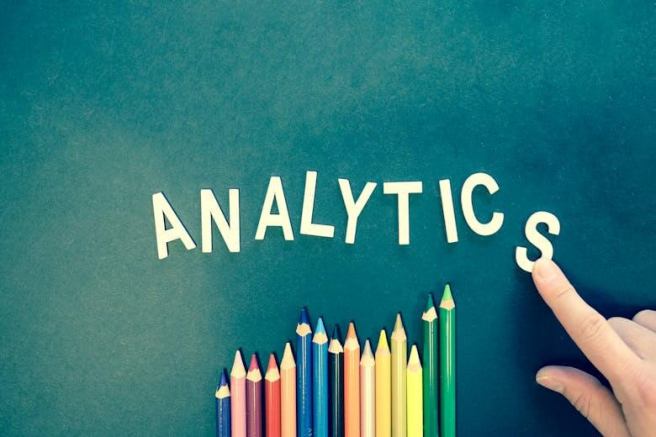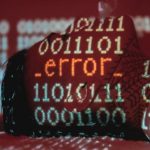The hidden challenges: Measurement error and misclassification of variables in epidemiological research

Observational studies, particularly in the field of epidemiology, have their own unique challenges. In particular, measurement error can occur when the instruments or methods used to measure variables are imprecise or inaccurate, making the data incorrect. Misclassification of variables happens when individuals are assigned to incorrect categories or groups, leading to misrepresentation of exposure or outcome status. Both errors can introduce bias and distort the relationship between variables, and thus lead us to inaccurate conclusions. In this blog post, we will explore the impact of these challenges, provide practical examples to illustrate their significance, and discuss strategies to prevent and mitigate their effects.
Understanding Measurement Error
Measurement error refers to the discrepancy between the true value of a variable and the measured value. It can occur due to various reasons, such as instrument imprecision, human error, or inconsistent measurement techniques. In observational studies, measurement error can lead to biased estimates and distort the relationship between variables of interest. Let’s look at a real-life example to illustrate this.
Example: Smoking Status
Suppose researchers are conducting a study to investigate the relationship between parental smoking and emphysema in school-age children. They rely on self-reported data from participants to determine their smoking status, categorizing them as occasional, moderate, or heavy smokers. However, some participants might inaccurately report their smoking habits due to recall bias or social desirability bias, leading to misclassification of their smoking status. This measurement error could potentially skew the results.
Mitigating Measurement Error
While it may be impossible to completely avoid measurement error, researchers can employ several strategies to minimize its impact. Here are a few key approaches:
-
Calibration and Standardization: Ensure that measurement devices are appropriately calibrated and standardized across all study sites. Regular maintenance and quality control procedures can help identify and rectify any instrumental errors. By adhering to standardized protocols, researchers can boost the reliability of measurements.
-
Multiple Measurements and Averaging: Obtain repeated measurements whenever feasible. Averaging multiple measurements can reduce random measurement error, increasing the precision of estimates. This approach is particularly useful for continuous variables, such as blood pressure or biomarker levels.
-
Training and Certification: Provide rigorous training to study personnel responsible for data collection. This includes detailed protocols, standardized techniques, and periodic retraining to minimize human errors. Additionally, certifying the operators or assessors can ensure consistency and accuracy in measurements.
Understanding Misclassification of Variables
Misclassification of variables occurs when individuals are inaccurately categorized into exposure or outcome groups. It can be non-differential, where misclassification is unrelated to the true exposure or outcome, or differential, where misclassification differs by exposure or outcome status. This type of error primarily affects categorical data. Let’s explore an example to illustrate the impact of misclassification.
Example: Pesticide Exposure
Consider a study examining the association between environmental pesticide exposure and cancer risk. If researchers rely on place of residence (rural, suburban, and urban) to determine pesticide exposure, some participants could be misclassified. This misclassification of the exposure variable can introduce bias, potentially leading to incorrect conclusions about the relationship between pesticide exposure and cancer risk.
Strategies to Minimize Misclassification
Reducing misclassification is crucial for obtaining valid and reliable results. Here are a few strategies to consider:
-
Utilize Objective Measures: Whenever possible, use objective measures to assess exposures or outcomes. Objective measures, such as biomarkers or clinical records, can provide more accurate data than self-reporting or subjective assessments or even proxies. This approach can help minimize misclassification bias.
-
Pilot Testing and Validation Studies: Conduct pilot studies to assess the validity and reliability of measurement instruments or questionnaires before their implementation in large-scale studies. Validation studies, comparing the new instrument against a gold standard, can help quantify and adjust for any misclassification that may occur.
-
Sensitivity Analysis: Sensitivity analysis is a statistical technique that assesses the robustness of study results to potential biases, including misclassification. It involves examining the effect of different assumptions or scenarios on the outcome of interest. In the case of misclassification, sensitivity analysis can quantify the impact of potential misclassification on the study findings. By varying the misclassification rates or adjusting for different levels of misclassification, researchers can explore the range of possible outcomes and assess the stability of their results.
-
Data Linkage: Linking different datasets can provide a more comprehensive and accurate picture of individuals’ exposures and outcomes. By merging data from multiple sources, such as surveys, medical records, or biological samples, researchers can cross-validate and minimize misclassification errors. This approach can enhance the accuracy of exposure classification and reduce bias in epidemiological studies.
Epidemiological research can significantly influence public health policies and global well-being. Take help from an experienced biostatistician to ensure you’re providing rigorous and high-quality epidemiological evidence. Check out Editage’s Statistical Analysis & Review Services today!









